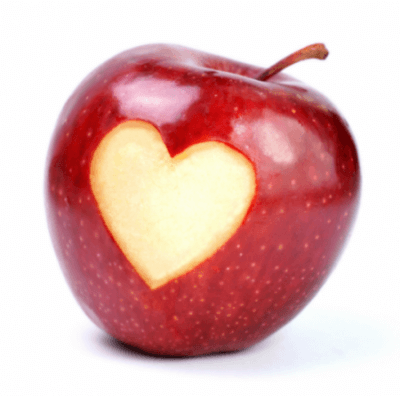Posts
National Cream-Filled Donut Day
/0 Comments/in SeptemberToday is National Cream-Filled Donut Day. We don’t know who created this holiday and first celebrated it. We aren’t even certain who invented the cream-filled donut, but who cares? Take a look at this:

Image & recipe at browneyedbaker.com
It is an edible work of art meant to delight the senses in its fleeting existence. There are millions like it right now in bakeries, cafés and supermarkets. The ingredients may be in your kitchen right now, waiting to be assembled.
What we’re saying is this: donuts want to be eaten. It is their destiny. Do your part by enjoying one today. (You might as well throw in a couple more to offset the vegans, who aren’t going to do their fair share.)
Happy National Cream-Filled Donut Day!
International Bacon Day
/0 Comments/in September
Today is International Bacon Day, celebrated on the first Saturday of September since 2009. Although we can’t suss out who created this holiday for carnivores, we can provide you with helpful translations for the globetrotting bacon lover:
English – Can I have some Bacon?
Dutch – Kan ik wat Bacon hebben?
French – Est-ce que je peux prendre du lard ?
German – Kann ich etwas Speck haben?
Greek – Μπορώ να έχω κάποιο μπέϊκον;
Italian – Posso avere certa pancetta affumicata?
Japanese – 私はベーコンを食べてもいいか。
Korean – 나는 약간 베이컨이 있어서 좋은가?
Portuguese – Posso eu ter algum bacon?
Russian – Могу я иметь некоторый бекон?
Spanish – ¿Puedo tener un poco de tocino?
Perhaps the ultimate celebration would involve preparation of the Bacon Explosion: a pound of basket-woven bacon wrapped around two pounds of sausage, which are stuffed with a pound of fried bacon crumbles. Not in the mood to cook? Order it directly from BBQ Addicts and have a happy International Bacon Day!
Eat an Extra Dessert Day
/0 Comments/in Holidays by Month, SeptemberToday is Eat an Extra Dessert Day, always celebrated on September 4th. We don’t know who started it or when, but we sincerely hope it will go on forever because, let’s face it, the only thing better than one dessert is two.

We’re neither mathematicians nor philosophers, but we wonder: Is there such a thing as half a dessert? To paraphrase Yoda, there is only dessert and no dessert. Wouldn’t that apply here, too? If eaten at once, there can be only one dessert. (We’re throwing in a little Highlander here, too. Please pardon our mixed movie metaphors.)
Theoretically, one dessert could last forever. Perhaps the purpose of Eat an Extra Dessert Day is to allow us a moment to escape the sweet-time continuum. It may be the only chance we’ll get all year.
Good luck, and when you come back to the table, please bring the chocolate sauce. There’s work to be done.

